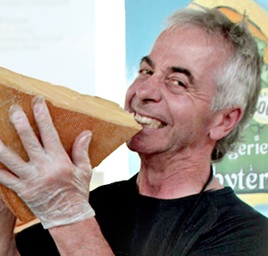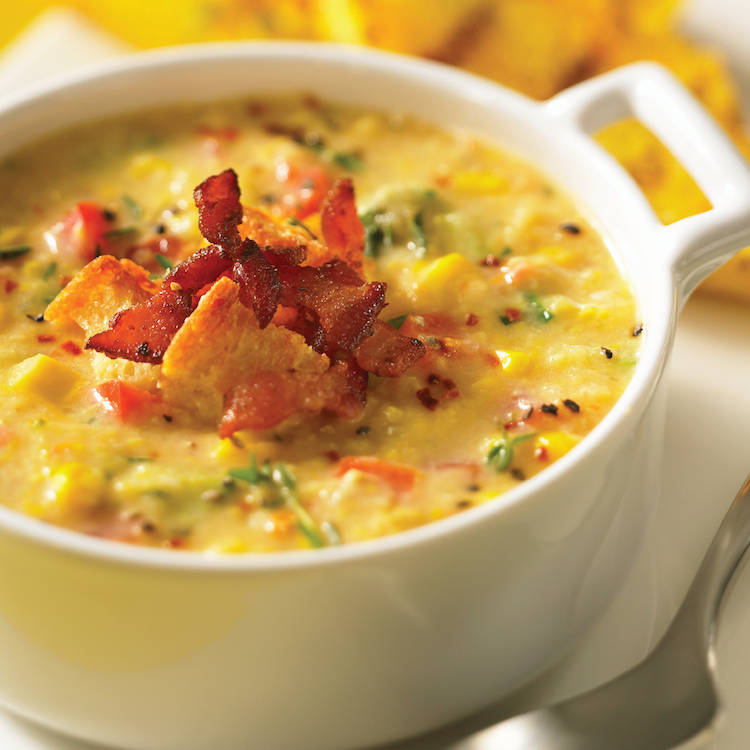If there is a man on this planet who knows how to make a gin and tonic, then it is surely Raj Nagra. The Australian expat flies around the world from his base in New York at Bombay Sapphire’s Global Brand Ambassador. Nagra made me a series of drinks recently, at the Toronto Trump Hotel bar, based on a questionnaire about my cocktail preferences the Bombay Sapphire people sent me a few days prior. Apparently I am a pretty boring cocktail drinker (we winos generally are), so it was all classics for me. I had a delicious Negroni and a sort of Tom Collins made with a homemade lemongrass and ginger syrup – dangerous both of them. But, in keeping with my rather how hum taste in spirits, it was the gin and tonic that really took me. Nagra made me three – the last two were variations of the first using a drop or two of bitters – but it was the straight up classic that elevated me to a brief gin-kissed paradise…
Before I get into the mechanics of Nagra’s perfect G&T, I’ll slip in a few words from the afternoon’s sponsor. Nagra explained that Bombay’s flavours are fresher, clearer and more “vibrant” than most other brands because the 10 botanicals they use are added to liquor during vapourisation and the steam allows more oil to be transferred to the brew than boiling, or something along those technical lines. Fair enough, works for me.
For the G&T, Nagra first selected a cold, thick glassed vessel on stem – presumably so I could grip it by the stem to keep it cool, like a glass of white wine. Then, “good ice”, which means big cubes, so as to retard dilution (more surface area = more melting = more water in your drink). Then, good gin: I got one and a half ounces, then a little bit more (I may have transferred a pleading look; I am not very good at poker). Then it was good tonic, which means less salt and sugar then most commercial brands. Nagra used Fever Tree, which is becoming more and more available on shelves and behind bars. Then a good squeeze from a lime wedge and then, just for the hell of it, a Cape gooseberry plopped on top – it looked cool.
The drink was good. Really good. Herbals from the gin, a touch of salt and sweet from the tonic, sweet acid from the lime. Cold and refreshing, but also deeply calming with sip after sip. I was very upset when the ever-diligent photographer present whisked it away from my place at the bar to take photos of it in better light! Sufficed to say his professionalism clearly got in the way of mine…
But I didn’t stay too upset for long, as Nagra had been busy making me two more G&T’s to which he added bitters from the artisanal Wisconsin-based brand Bittercube. One was made with grains of paradise, which is a kind of peppery seasoning in the culinary world but conferred a chocolaty tone to the drink. Interesting, but not my favourite. But the other bitters featured cassia, which upped the herbaciouness of the drink with notes of chamomile and bergamot for an effect that was altogether pleasant. I can see how playing with a drop or two of bitters in successive G&T’s would make an amusing cocktail party game.
But we boring winos are ever happy to stick with the classics, especially when they are well made.
 Malcolm Jolley is a founding editor of Good Food Revolution and Executive Director of Good Food Media, the not-for-profit corporation which publishes it. Follow him at twitter.com/malcolmjolley
Malcolm Jolley is a founding editor of Good Food Revolution and Executive Director of Good Food Media, the not-for-profit corporation which publishes it. Follow him at twitter.com/malcolmjolley








